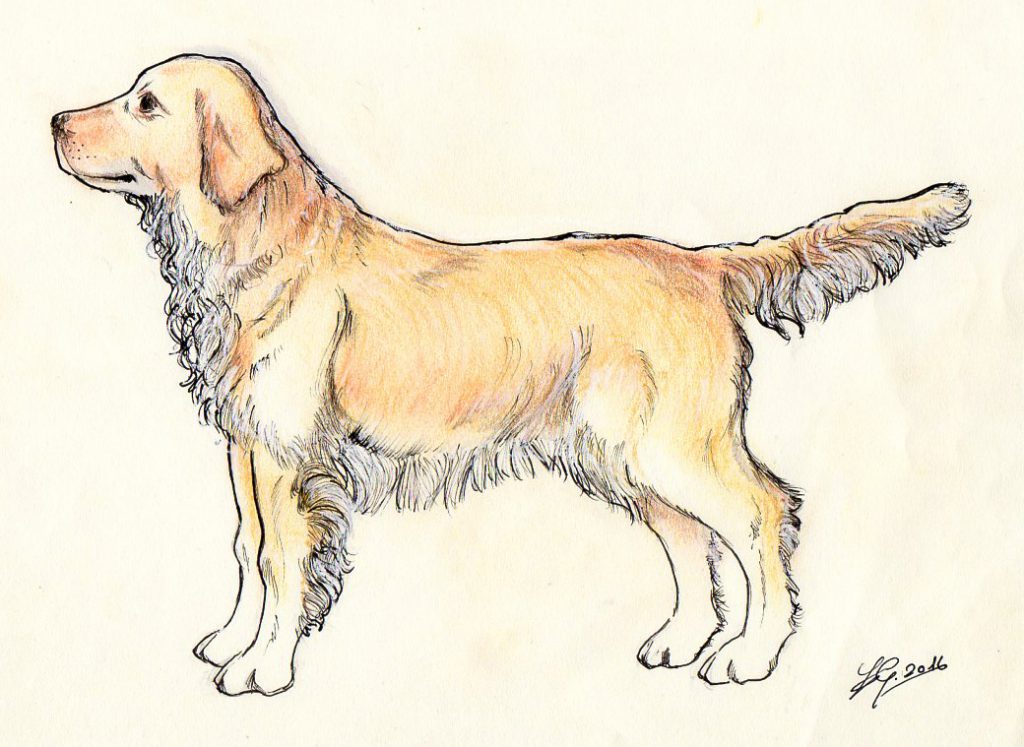
Dudley Coutts Marjoribanks, later Baron of Tweedmouth (29 December 1820 – 4 March 1894), was a Scottish businessman, with interests also in politics, but above all a great passion for dogs and hunting.
Second half of the nineteenth century. Lord Tweedmounth is attending a Russian circus show, where some Russian shepherds also perform, performing exceptional agility and carry-over exercises. The Lord is thrilled by their dexterity and the ease with which they carry out the orders, so much so that on returning home, in his Guishacan estate, he continues to rethink those developments: and the same in the days to come and so also during the hunting trips . A thought begins to come up in his head: create a new breed.
the stimulating factors
Hunting weapons were changing towards the end of the nineteenth century. In fact, up to that time muzzleloader rifles were used, which were very slow, but with the advent of the new cartridge weapons the hunting modes also change: the hunters begin to proceed side by side in line and the moment of recovery of the prey is progressively moved at the end of the hunting trip; therefore much faster recovery was needed than previously and, consequently, faster and smarter dogs, capable, especially of going into the waterways of the area, so as to recover the prey more quickly.
The breeds that were first used i.e. the Tweed Water Spaniel,the Setter and the Wavy-Coated) were no longer suitable for the new hunting needs that were emerging. Lord Tweedmounth began to think of pairings between different dogs but with similar peculiarities, to give life to a new breed with characteristics of intelligence, strength and versatility, but also which has a good harmony with man.. The history of the Golden Retriever did not begin with the purchase of Russian shepherds from the circus, contrary to what has been thought for many years. the story of the Golden Retriever begins in another way.
THE DISCOVERY OF DIARIES
The registers found in 1952 by Lord Ilchester, the great-grandson of Lord Tweedmounth, definitively denied the fable that the Golden Retrivier descended from Russian shepherds: the registers tell a whole other story, made of passion, intelligence and tenacity. The real story was revealed for the first time by an article in the famous “Country life” magazine. Subsequently, we must give credit to Elma Stonex, future president of the Golden Retriever club, of the definitive reconstruction of historical truth and its formalization: Elma devoted herself for many years to the study of diaries, recomposing the narration; the Lord was very precise in his writing and meticulously noted all crosses, the litters, the names of the dogs etc.
THE SELECTION STARTS
1868: Lord Tweedmouth owns Nous, a yellow Wavy-Coated. The Wavy (progenitor of the current Flat-Coated Retriever) was a corrugated-haired retriever dog, coming from crossbreeds with the St. John’s of Newfoundland and English Setter. The Lord had purchased Nous a few years earlier, from a Brighton cobbler, who in turn had bought it from a certain Lord Chichester.
Lord Tweedmounth paired Nous with Belle, a Tweed Water Spaniel, an extinct breed, which originated from the Tweed pads (hence the name) – whose progenitors, in turn, descended from coastal dogs. Tweeds had curly, water-resistant fur.
Four puppies are born from Nous and Belle: two of them, later called Cowslip and Primrose, are kept by the Baron , while of the remaining two the female, Ada, is donated to the Earl of Ilchester and will found the Melbury line, the male, Crocus , is given to Lord Tweedmounth’s son, Edward.
Cowslip was used for some mating, and her daughter Topsy mated with Sambo, a Wavy from which Zoe was born, another female.
In 1875 Cowslip was mated with Lord Tweedmounth’s red Setter: only the Jack and Jill puppies, male and female, respectively, are kept. So in 1884 Jack and Zoe are crossed, from which yellow puppies are born: among them a male, Nous ll, and a female, Gill ll; Gill II is then paired in turn with a black Wavy: ten black puppies will be born from the union. Of these black puppies, the female Queenie is paired in 1889 with Nous ll: Prime and Rose are born, two yellow Retriever females, the last mentioned in the diaries.
the spread of the breed
After the first selections of Lord Tweedmounth, the spread of the breed began, thanks also to the contribution of some pioneers who were passionate about Golden. Lord Tweetmounth’s daughter, Lady Aberdeen moved to Canada, along with her brother Archie, bringing with Their Lady, a Golden probably a daughter of Prime or Rose – or one of their daughters. Lady was registered in the American Kennel Club in 1894. ( https://www.akc.org/ ) Lady was the first Golden Retriever ever registered, long before the English clubs. even if not under the Golden Retriever name, it will still take many years to recognize the breed. Archie the Baron’s son in the meantime also brought some specimens to Texas, from where they began spreading in the usa.
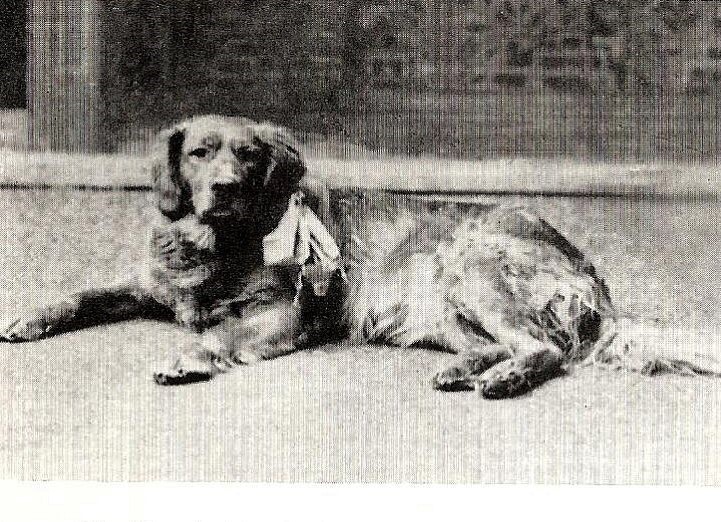
the Champions
This step is very important because the famous Golden Culham Brass (1904) and Cuhlam Cooper (1908), owned by Lord Lewis Harcout, a family friend and hunting companion of Lord Tweedmounth. the two Champions were probably born from the same lines as Prime or Rose. Lord Lewis Harcout collected the first puppies from Guisachan and raised them on his estate in Nuneham Park, Oxford. The names of the dogs are probably related to those of his estates or those areas.
With Lord Harcourt begins another chapter in the history of the Golden: the nobleman in fact begins to present the dogs at the exhibitions and at the Cruft exhibition (famous English Expo) which wins from 1908 to 1912. 99% of the lines of the current Golden are derived come on Culham.

Many fell in love with the Golden presented in Lord Harcourt’s exhibitions: among them, Mrs. Winifred Charlesworth, who became one of the greatest admirers of the breed, if not the largest, dedicating 44 years of her life to them. Mrs. Charleswort understood for the first time that G.R. they were really complete dogs and he tried, with all his might, to carry on this doctrine among dog lovers of the time, even if many did not understand it. The following time he proved to be right. In 1911 Charlesworth began to write the breed standard, also establishing the “Golden Retriever Club of England”, and chose a “new variety” with a flat coat, colored between rust and mahogany: these Golden were lighter and therefore more agile and efficient compared to those of Lord Harcourt with wavy fur. Later Charleswort managed to get the Golden Kennel Club to recognize the Golden breed with the name “Golden of Yellow Retriever” (before then the Golden were considered a variant of the Wavy Coated, or Wavy yellow coating). The admission to the Kennel was also thanks to the numerous awards won, such as by the bitch Vixie in the test field (artificial hunting test).
Another pioneer of the new breed was Count Shrewsbury who bred the Golden with passion in his “Ingestre” estate near Stafford: the famous dogs Scamp, Tyne and their children Yellow Nell and Beena were born here.
It can therefore be rightly said that the three breeds Culham, Noramby and Ingestre were the first and most important for the spread of the breed; around 1920 others flourished, such as Abbots, Otterhsaw and Heydown.
Golden retriever, the name
In those years the breed was establishing itself, but something was still missing: a name, a name that could give a concise description of what these fantastic dogs were. In 1920 the name of Golden Retriever was finally adopted, a name actually coined a few years earlier by Lord Harcourt and which then had the right response among the dog lovers of the English clubs.
THE DIFFUSION IN USA AND CANADA
In the 1930s, Golden also began to spread to the United States and Canada, after the first trip of Lady, the Golden Marjoribancs brothers, towards the end of the nineteenth century.
The Marquis of Aberdeen(son-in-law of Lord T.) who was the governor general of Canada from 1893 to 1898, helped to make the breed known in the country. Several years after the registration of Lady, Judy of Westhome, born in 1926 from 2 dogs from the G.A.S Wylys kennels, owned by Mr. B.M. Armstrong. Judy is considered the first dog with the Golden Retriever name registered in Canada. famous was the champion Ch. Foxbury Peter. the first field test sample (FTCH) was Stalingrad Express, a Golden owned by E. Snell
Armstrong registered the suffix Gilockie Kennels, who upon his death in 1932 was later transferred to Colonel Samuel Mogoffin who ran a breeding in Vancover the Rockhaven Kennels. Canada was therefore fundamental for the spread of the breed.
In 1925 the first Golden was registered at the American Kennel Club with the new name, Golden Retriever: the dog, coming from the Ottershaw breeding in the United Kingdom, was called Lomberdale Blondin and belonged to Mr Robert Appleton.
In the early 1930s Colonel Samuel Mogoffin moved a line from Canada to Denver in Colorado, creating the Rockhaven kennel: here he raised the famous Veronica and Pluto (26 May 1929), then choosing nicknamed Speedwell Pluto, as champion in Canada and first champion breed in the United States; Pluto became a stallion and various other champions emerged in his offspring. The colonel is selecting many and received numerous awards, starting the formation of various breeding that favor the slow spread of the Golden in the United States and Canada. Golden in the United States will become a status symbol: in fact this breed is present today in the homes of many Middle American families.
Official recognition
However, it is still necessary to wait several years to see the Golden receive the official recognition: in fact only in 1960 the breed was definitively recognized by the English Kennel Club; 27 years later comes the recognition by the International Cynological Federation (FCI). Golden is included in group 8 or in retriever, hunting and water dogs.
The Golden retriever breed has also had a good spread in the Nordic countries, where a Nordic line has been created. It arrives in Italy in the early 1980s and since then the number of specimens has grown exponentially
Today the Golden has reached enormous popularity, thanks also to its beauty and versatility, used in almost all fields of dogs (except the guard): further requirements of this fantastic breed are the great affinity with man and a big heart ; this heart that allows him to do anything well, since his priority is to try never to disappoint man (man, in turn, should never disappoint a Golden Retriever!). we could affirm, beyond the apparent contradiction and without falling into error, that the Golden are almost human.
Surely Lord Tweedmouth, along with everyone who has dedicated their entire lives to the breed, would be very proud to see what their Golden Retriever has become today. Our eternal and immense gratitude goes to these men and women.

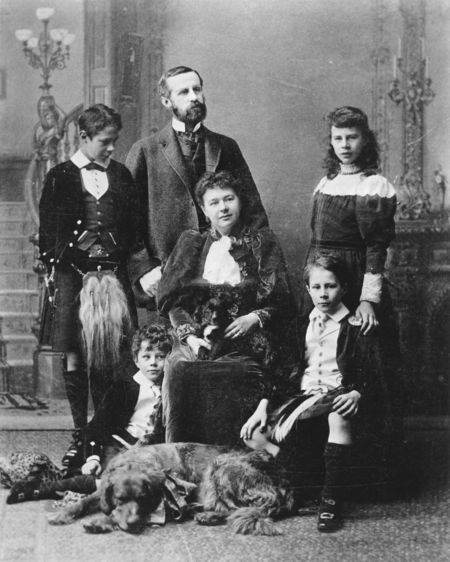
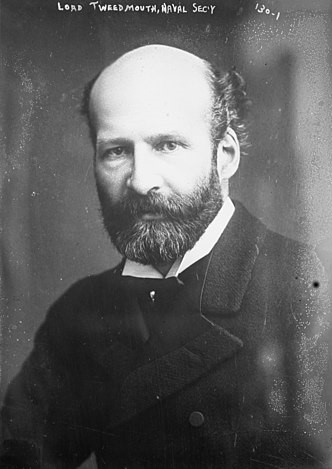
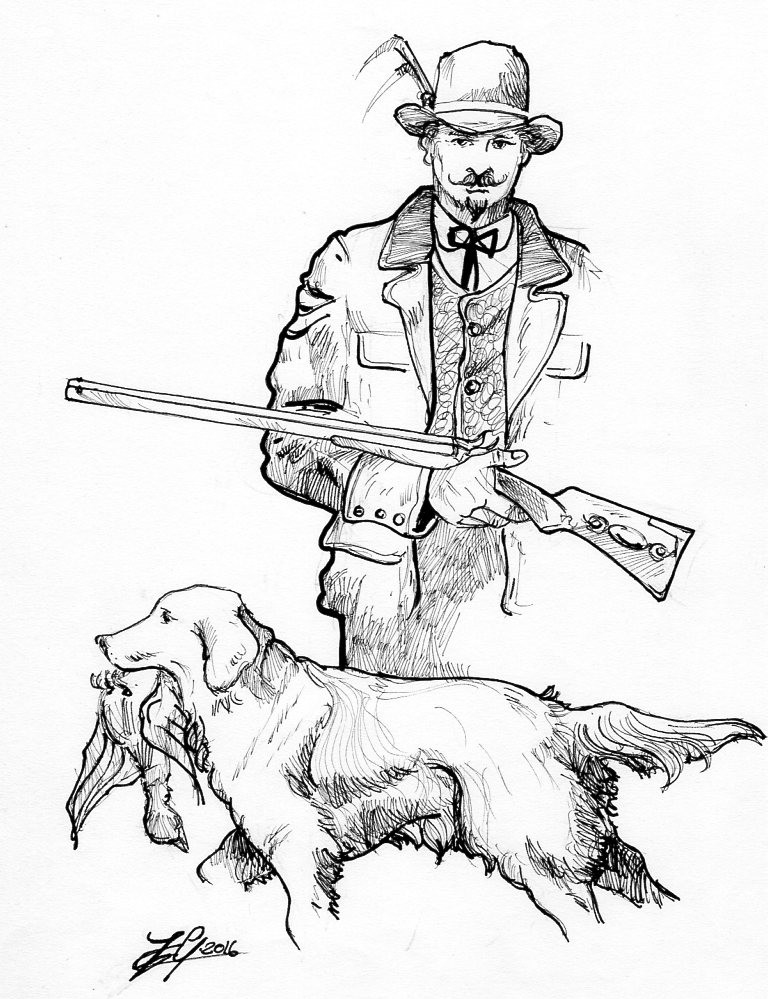
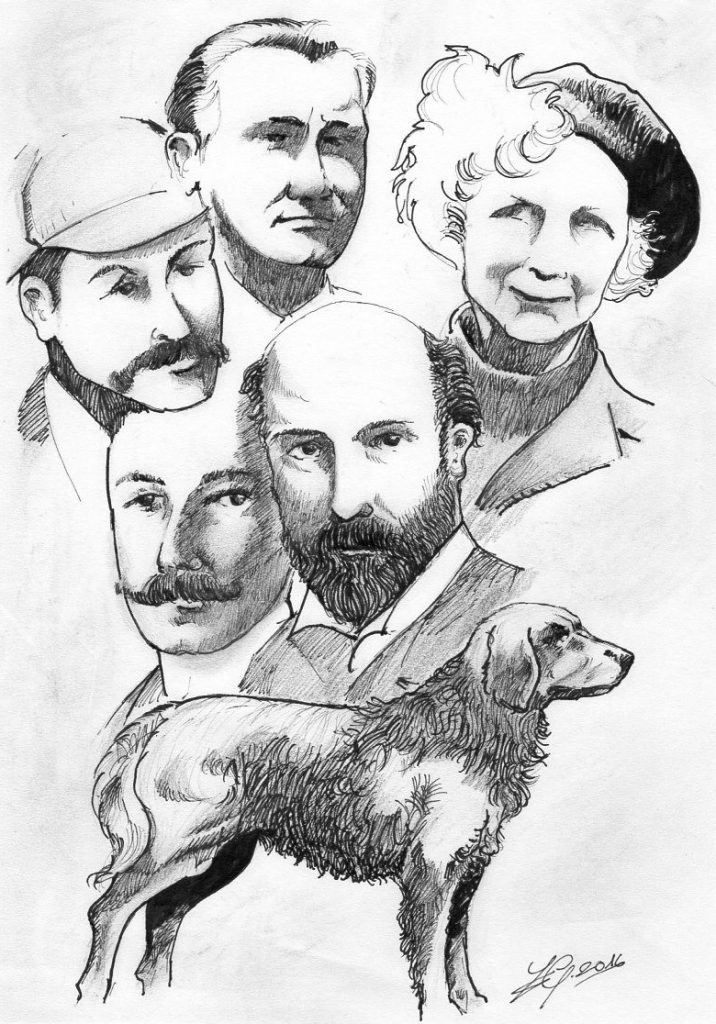
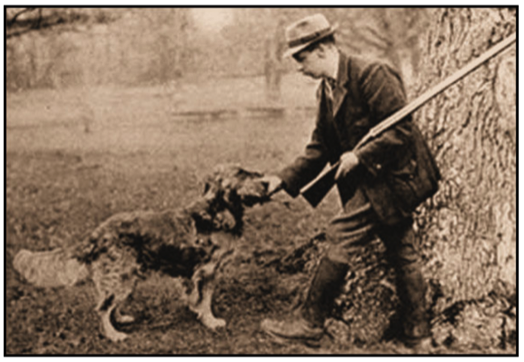
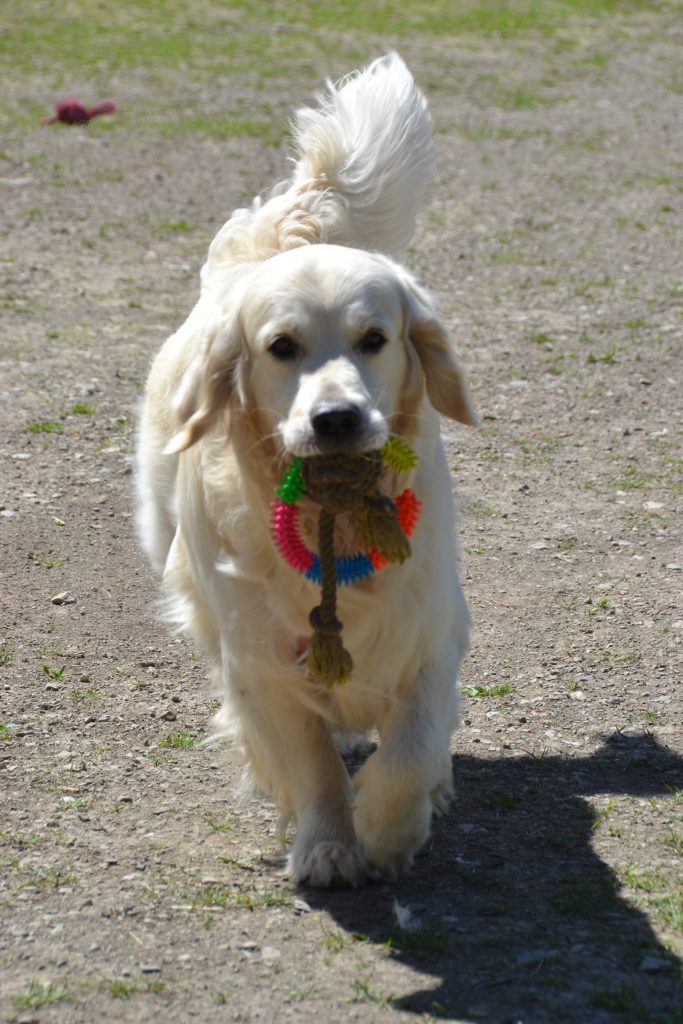

Good Web-site but the picture at the start is not Dudley Marjoribanks — it is his son Edward the 2nd Lord Tweedmouth .
If you would like more of the first people who had this wonderful breed let me know an e-mail address and contact and I will send you details of the two books I have written about them..
thanks for the report, I will contact you soon to learn more. we are very interested in the history of this fantastic breed
sorry for the mistake, yes interesting, we are very interested in the history of the golden, if you want to share some info with us we would be very happy. you can write to us at the email address : amicidelgoldenretriever@gmail.com